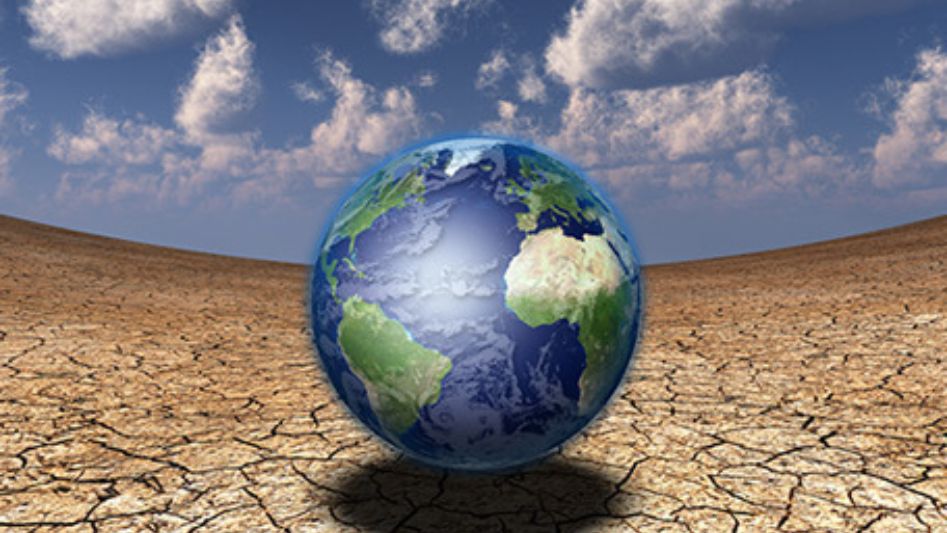Climate change is one of the most pressing global challenges of our time, with far-reaching impacts on the environment, economies, and, notably, human health. While discussions about climate change often focus on rising temperatures, extreme weather events, and melting glaciers, the direct and indirect consequences on public health are equally significant. This article aims to shed light on the intricate connection between climate change and health, emphasizing the need for urgent action to mitigate these impacts.
Table of Contents

I. Rising Temperatures and Heat-Related Illnesses
A. Heatwaves: A Growing Threat
One of the most immediate health risks associated with climate change is the increasing frequency and intensity of heatwaves. As global temperatures rise, more people are exposed to dangerously high temperatures, leading to a surge in heat-related illnesses such as heat exhaustion, heatstroke, and dehydration. Vulnerable populations, including the elderly, children, and those with pre-existing health conditions, are at particular risk.
B. Impact on Cardiovascular and Respiratory Health
Elevated temperatures also exacerbate existing cardiovascular and respiratory conditions. High heat can strain the heart, making it more difficult to pump blood efficiently. Additionally, air pollution, often exacerbated by warmer weather, can worsen respiratory conditions like asthma, bronchitis, and allergies. Longer and more severe allergy seasons are becoming the new norm due to changing climate patterns.
II. Extreme Weather Events and Their Health Consequences
A. Increased Frequency of Hurricanes and Floods
Climate change is linked to an uptick in extreme weather events such as hurricanes, floods, and wildfires. These disasters not only displace populations but also have direct health implications. Floods, for instance, can lead to contaminated water sources and the spread of waterborne diseases, while hurricanes can cause injuries, trauma, and disrupted healthcare services.
B. Mental Health Impacts
Prolonged exposure to extreme weather events can have lasting psychological effects, leading to anxiety, depression, and post-traumatic stress disorder (PTSD). The loss of homes, livelihoods, and community connections can be emotionally devastating, particularly for vulnerable populations and children.
III. Altered Disease Patterns and Vector-Borne Diseases
A. Changing Disease Distribution
Climate change can alter the distribution of diseases as shifting temperature and precipitation patterns create new breeding grounds for disease-carrying vectors. Diseases like malaria, dengue fever, and Lyme disease are spreading to regions that were once unaffected, posing new health challenges for communities.
B. Food and Waterborne Diseases
Extreme weather events, such as heavy rainfall and flooding, can contaminate water supplies and disrupt food production. This can lead to outbreaks of diseases like cholera and foodborne illnesses, causing significant health burdens and straining healthcare systems.

IV. Air Quality and Pollution
A. Worsening Air Quality
Climate change can exacerbate air pollution, which is already a significant public health concern. Higher temperatures can lead to the formation of ground-level ozone, a harmful air pollutant that can worsen respiratory conditions and cardiovascular problems.
B. Impacts on Vulnerable Populations
Low-income communities and communities of color often bear the brunt of air pollution and its associated health effects. These communities are disproportionately located near industrial facilities and transportation hubs, leading to higher exposure to pollutants.
V. The Need for Mitigation and Adaptation
As the link between climate change and health becomes increasingly clear, it is essential to take comprehensive action to address this crisis:
A. Mitigating Climate Change
Reducing greenhouse gas emissions through policies that promote clean energy, sustainable transportation, and efficient land use is critical. These measures not only combat climate change but also improve air quality, thereby protecting public health.
B. Public Health Preparedness
Public health systems must be strengthened to prepare for and respond to the health impacts of climate change. This includes improving disaster response and healthcare infrastructure, as well as enhancing surveillance and early warning systems for climate-related health threats.
C. Community Resilience
Empowering communities to adapt to climate change is crucial. This involves implementing strategies to reduce vulnerability, such as better urban planning, green infrastructure, and public health education.

Conclusion
Climate change is not just an environmental issue; it is also a significant threat to human health. Rising temperatures, extreme weather events, altered disease patterns, and air pollution are all interconnected aspects of this complex challenge. Urgent and concerted efforts are needed to mitigate the effects of climate change and safeguard public health for current and future generations. By addressing these issues comprehensively, we can create a healthier and more sustainable future for all.
FAQs
How does climate change impact heat-related illnesses?
Climate change increases the frequency of heatwaves, putting vulnerable populations at risk of heat-related illnesses like heat exhaustion and heatstroke.
What are the mental health impacts of extreme weather events?
Prolonged exposure to events like hurricanes and floods can lead to anxiety, depression, and post-traumatic stress disorder (PTSD).
How does climate change affect disease distribution?
Changing climate patterns create new breeding grounds for disease vectors, causing diseases like malaria and dengue fever to spread to new regions.
What can be done to address the health impacts of climate change?
Mitigation through reducing emissions, improving healthcare preparedness, and building community resilience are crucial steps to protect public health.
You May Also Like
- GREEN TRANSPORTATION: REDUCING EMISSIONS AND COMBATTING CLIMATE CHANGE
- CLIMATE CHANGE IN THE MEDIA: SHAPING PUBLIC PERCEPTION AND POLICY
- THE IMPACT OF FOSSIL FUELS ON CLIMATE CHANGE: UNPACKING THE SCIENCE
- THE ROLE OF GREEN ENERGY IN COMBATTING CLIMATE CHANGE
- SOLAR ENERGY AND CLIMATE CHANGE: A RAY OF HOPE IN A WARMING WORLD
